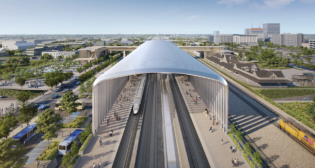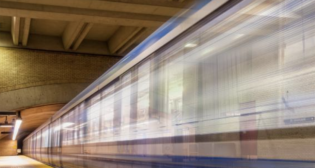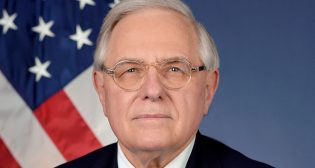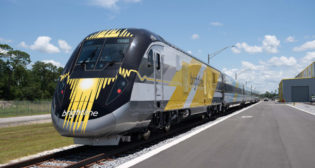
CHSRA Issues Design Services RFQ for Track, Overhead Contact Systems
Written by Marybeth Luczak, Executive Editor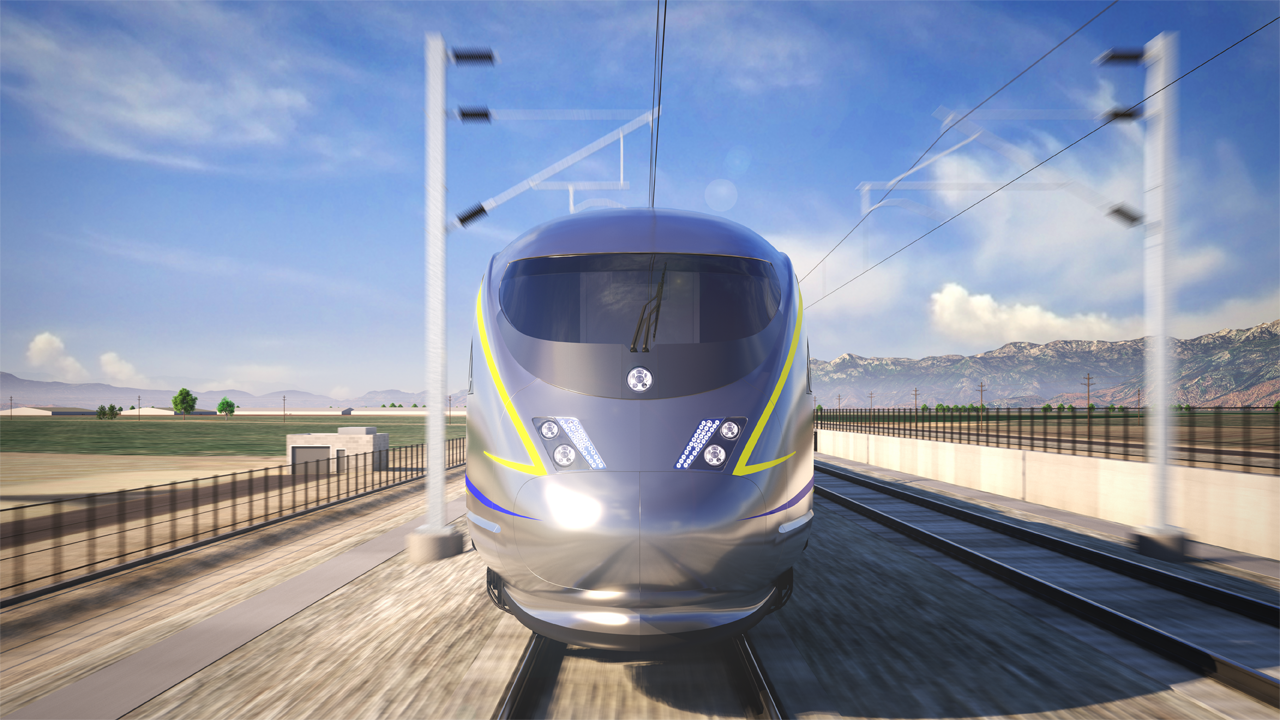
The California High-Speed Rail Authority (CHSRA) has released a design services Request for Qualifications (RFQ) to industry for track and overhead contact systems for the initial 171-mile passenger rail service connecting Merced to Bakersfield. It also released its 2023 sustainability report.
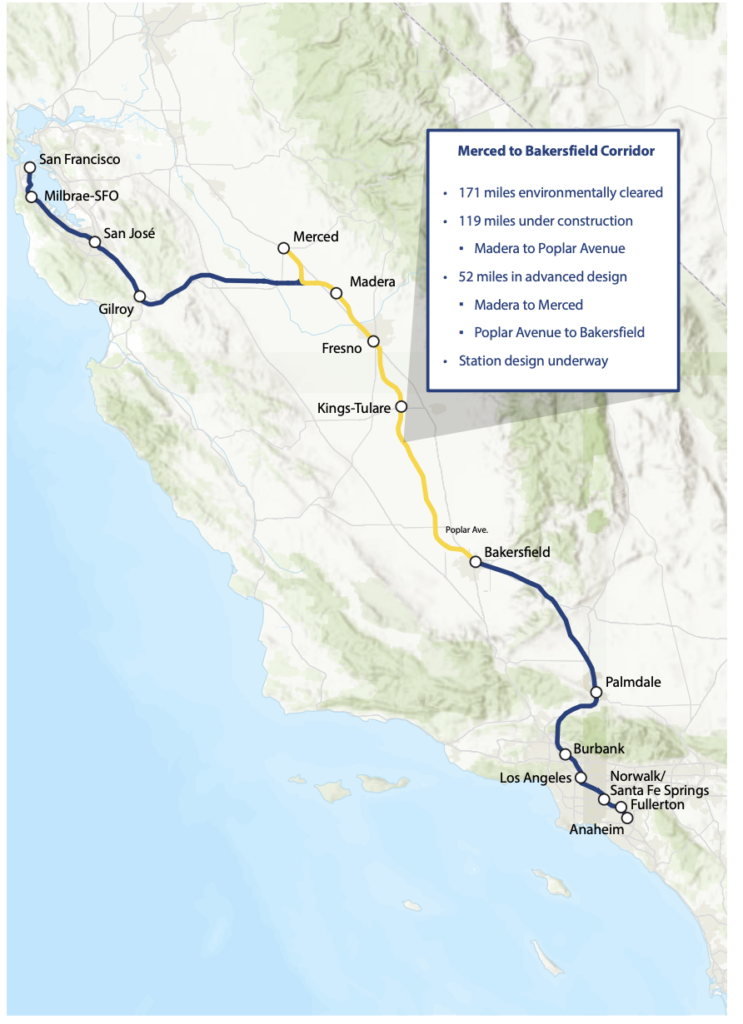
With a total contract value of up to $131.2 million and potential extension options, CHSRA said this procurement process will allow it to:
- Produce high-level designs for track and systems for the 171-mile Merced to Bakersfield segment; this includes detailed designs for the 119-mile stretch currently under active construction within that segment.
- Design the track system, including the track structure, overhead contact systems, along-track cable containment, across-track ducts, access walkways, fencing, and drainage.
- Manage technical and non-technical interfaces with contractors/consultants.
Statements of Qualifications (SOQ) will be due Jan. 22, 2024, and potential Board approval and contract execution and issuance will be in April 2024.
In October 2022, CHSRA opted to let a previous RFQ for procurement of a track and systems contractor expire “due to the economic climate, supply-chain challenges and 40-year high inflation.” The Authority said it has since developed a new procurement strategy, considering extensive industry feedback and adjusting to program needs.
The new RFQ “allows us to move forward and get this transformative project into operations as soon as possible,” CHSRA Board Chair Tom Richards said. “This is a critical step in our new procurement strategy and yet another important milestone for us to deliver high-speed rail service in the Central Valley and statewide.”
CHSRA in August issued an RFQ for its 220-mph electrified high-speed trainsets. Last month, it released preliminary 3D modeling sketches and virtual simulation of its trainsets as well as updated Central Valley station designs.
CHSRA Sustainability Report
CHSRA has detailed the progress of its environmental goals in a 2023 sustainability report, “Building California’s Sustainable Future,” (download below), which covers Jan. 1 to Dec. 31, 2022, as well as some data from the first part of 2023.
Highlights of the report include:
- “Maintaining a net-positive greenhouse gas (GHG) balance, offsetting more GHG emissions than the project had generated to date.
- “Continuing the restoration of more than 4,400 acres of habitat and protecting more than 3,190 acres of agricultural land.
- “Continuing a focus on cleaner equipment, which has resulted in 68% less black carbon than a typical construction site.
- “Reducing construction water usage by 12% despite a 38% increase in construction activity.
- “Diverting about 95% (302,961 tons) of all waste from landfills; this includes 118,381 tons recycled, 87,332 tons reused, 11,740 tons composted, and 85,508 tons stockpiled over the entire construction timeframe.
- “Providing $2 million in funding for urban tree planting in disadvantaged communities near the high-speed rail tracks.”
“Our whole project is focused on a better transportation future for California,” CHSRA Director of Planning and Sustainability Margaret Cederoth said. “We are focused not just on a sustainability outcome, but specific, measurable ways that demonstrate sustainable construction, design and delivery. We use cleaner construction practices, helping move the industry toward carbon neutrality. Our goal is to deliver meaningful benefits now for communities, even as we are building transformative transportation options.”
According to the Authority, it has begun advancing design work to extend the 119 miles under construction to 171 miles of future electrified rail from Merced to Bakersfield. The project has created more than 11,000 jobs since the start of construction, 70% of those going to Central Valley residents, and there are more than 25 active construction sites. The Authority has also environmentally cleared 422 miles of the program from the Bay Area to the Los Angeles Basin.
